Vivo X100 Pro review: Unleashes the photographer in you
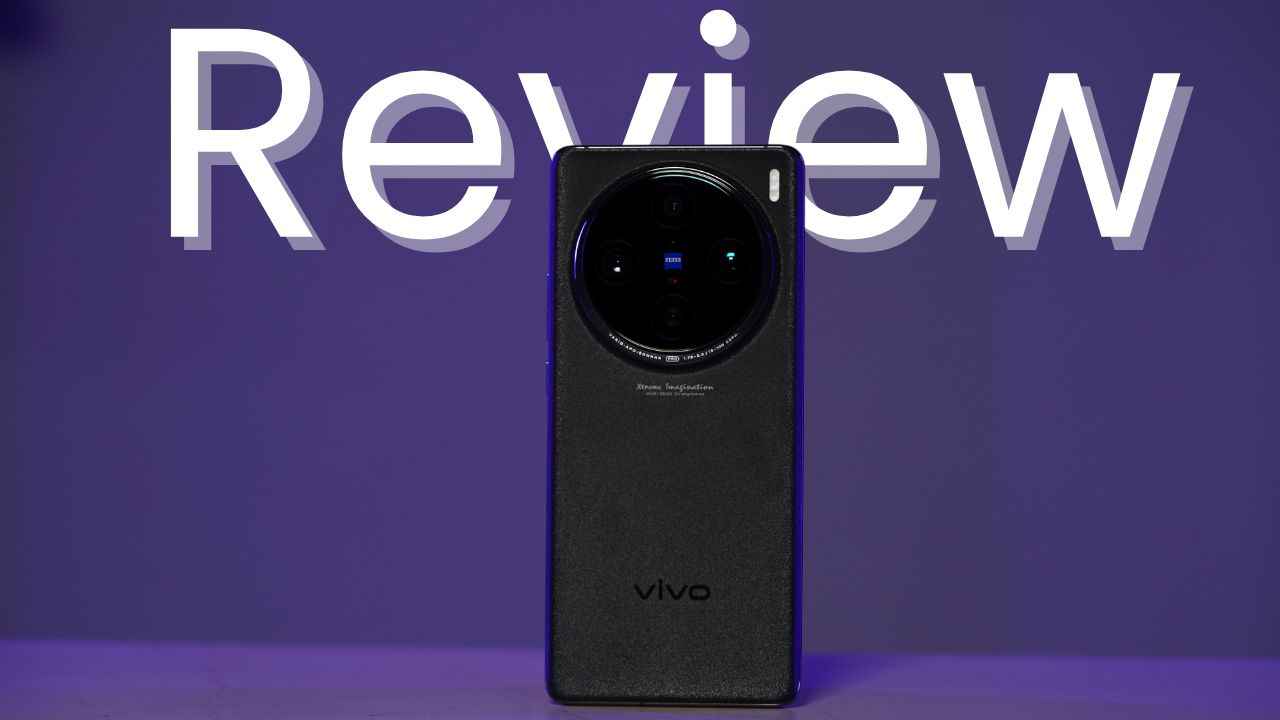
- Outstanding camera performance
- Abundance of power
- Reduced bloatware
- Not very ergonomic
- Insufficient OS updates for a flagship
So the Vivo X100 Pro is one of the best cameras that I have tested in the recent past, easily. With that, we get quite a lot of might with the powerful MediaTek Dimensity 9300, and a brilliant display. The only thing that had to be sacrificed for stuffing all that tech within the 8.9mm thick frame is the ergonomics.
Vivo is back with another flagship that boasts of another kickass camera setup. The Vivo X100 Pro is the company’s latest camera sensation and comes with a lot of things that we found missing on last year’s Vivo X90 Pro. While the focus on the camera is obvious, the X100 Pro has a lot of other things going for it. We get one of the best software experiences that I have personally ever seen on any Vivo smartphone, we get the latest MediaTek flagship chip which is right up there with its Qualcomm counterpart, and a lot more.
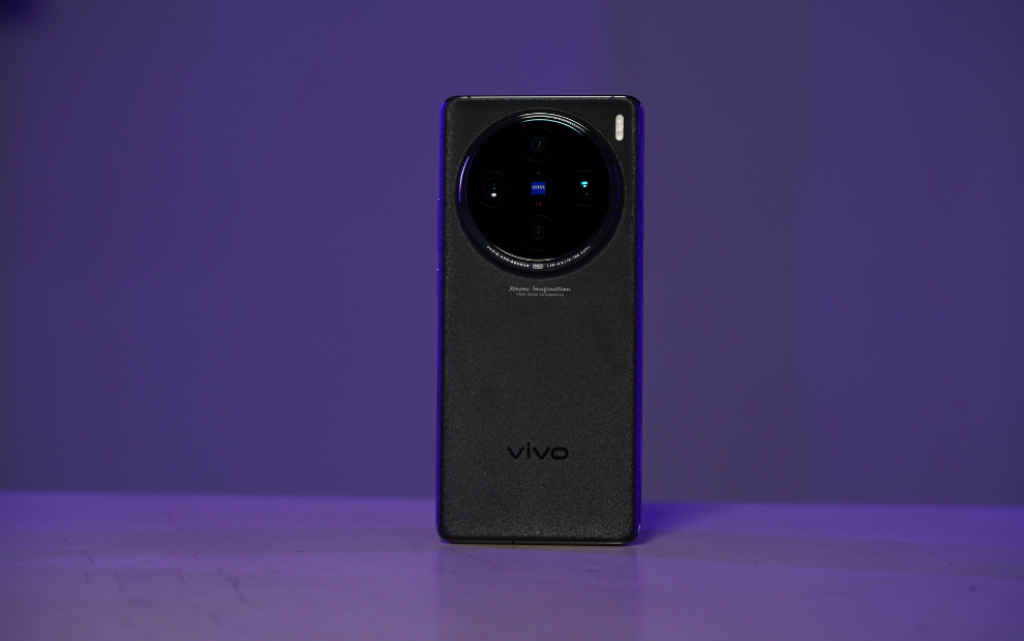
Rarely ever there comes a smartphone which just blows smartphone reviewers away and the Vivo X100 Pro is one of those smartphones. Across publications, YouTubers, influencers, the opinion about the device is unanimous. That is a rare phenomenon in the tech industry and if this is happening, then of course, the brand has got it right. Let’s get into it in a bit more detail.
Vivo X100 Pro Review: Design
One of the very few things that I personally didn’t like about the Vivo X100 Pro is the design. The smartphone doesn’t look and feel as premium as the last two X-series flagships from Vivo. While it is obvious that crunching all that tech inside a 6.8-inch package will make things big and bulky, it is tough to ignore just how premium and superior the Vivo X90 Pro felt with the leather back and chrome accents. But well, like the most fun games aren’t the best in terms of graphics, this isn’t the best in terms of how it looks.
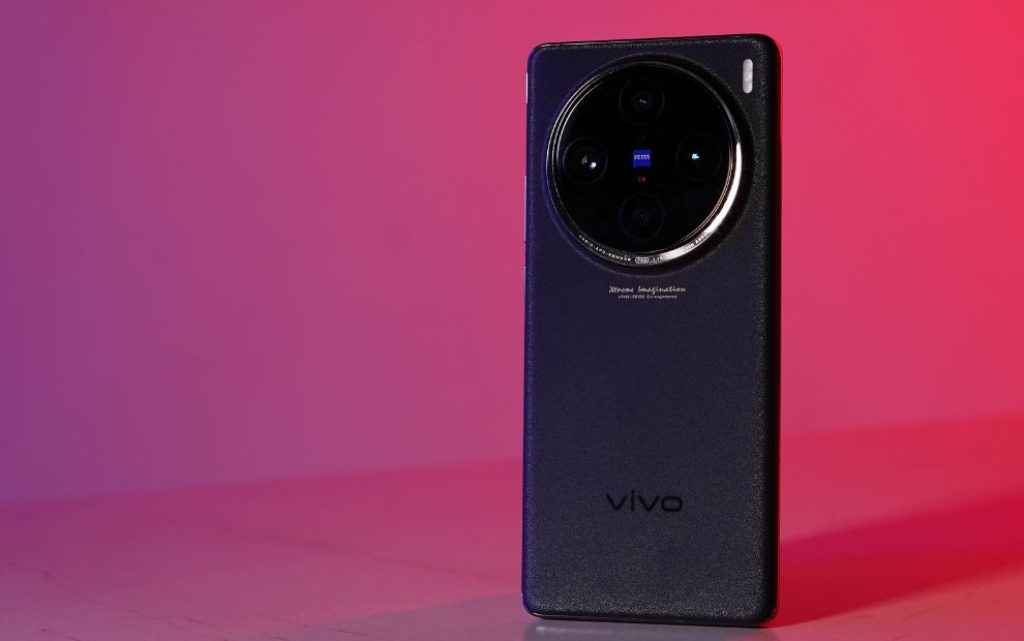
We get a huge round camera module that takes up most of the top part of the back panel, which is made of the frosted AG glass that we have seen with previous Vivo smartphones. The back panel doesn’t have anything special going for it. The camera module, although too big, does give this smartphone its own distinct look among the crowd of smartphones. I, personally, don’t like the frosted glass back on smartphones due to the slippery grip. The frame on the Vivo X100 Pro is a metal frame, which adds to the premium-ness of the smartphone.
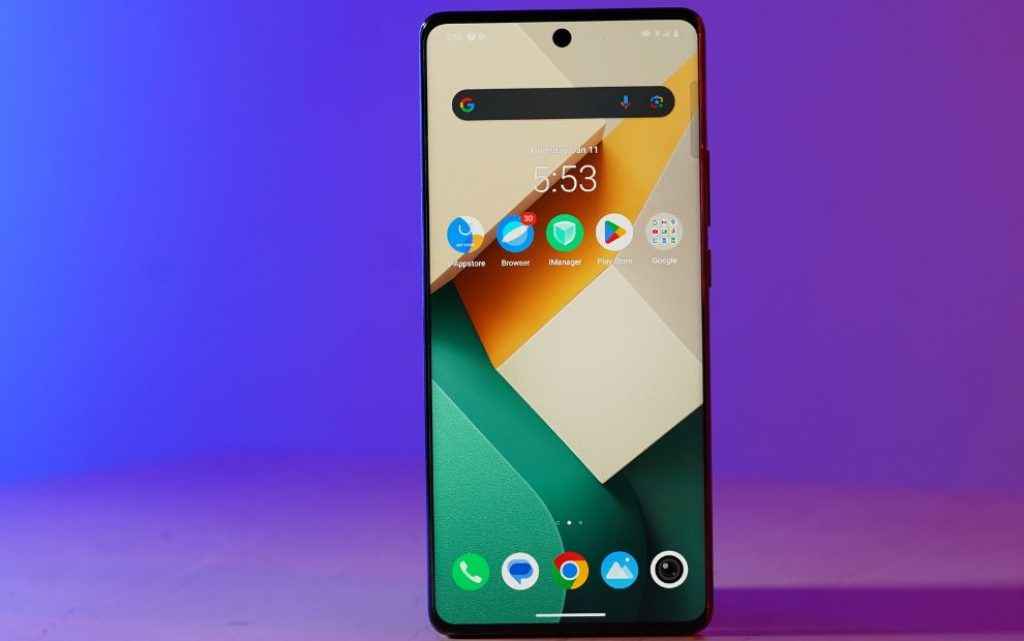
Up front also, we get the tried-and-tested hole punch curved display. The curved display implementation is better in terms of looking premium and having less bezels, but it also leads to a lot of accidental touches and makes the smartphone feel more fragile. Keeping both these aside, the front panel of the Vivo X100 Pro has a tried and tested design.
Vivo X100 Pro Review: Display
Coming to the display, we get a 6.78-inch curved AMOLED display with a 120Hz refresh rate. There is also LTPO tech, which means that the 120Hz refresh rate is adaptive and can adjust according to the content on screen. This time around, we don’t get a UHD resolution. Instead, the Vivo X100 Pro sticks to an FHD+ resolution. However, the doesn’t matter much since the display is as sharp as any other display out there and most of the content we see on our smartphones is anyways in 1080p, while this smartphone supports 1260p so we are comfortably safe there.
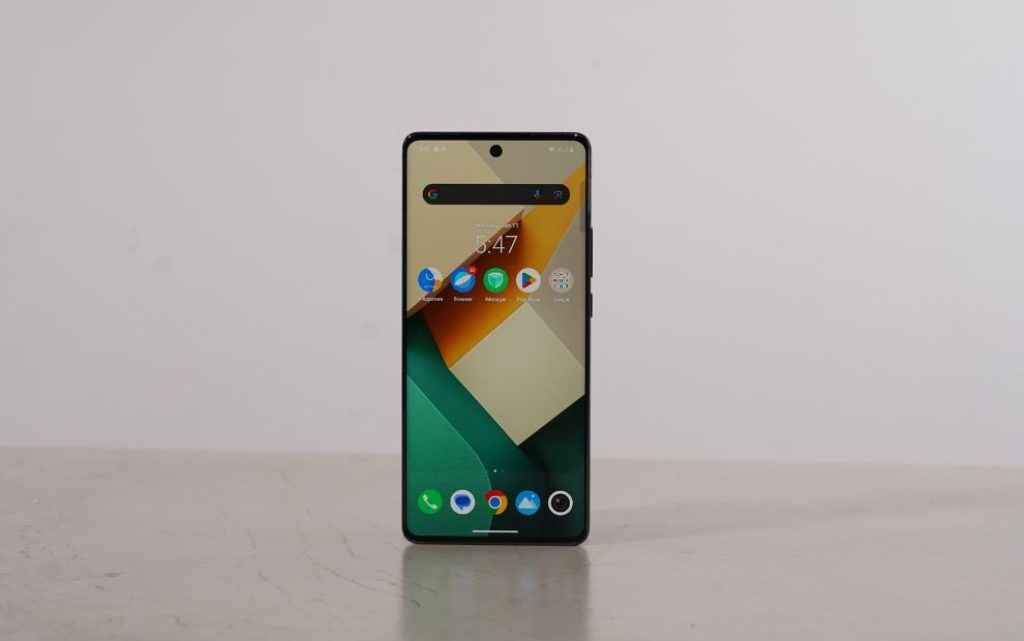
So this display is as good as it gets. While we don’t get a QHD resolution like some competitors, this 1260p panel is enough to give you a good display experience. We get a super slick 120Hz refresh rate with LTPO tech, so the Vivo X100 Pro will adjust the refresh rate according to the display on the screen, but I like to keep it maxed out at 120Hz at all times.
Vivo is also claiming this to be the brightest display ever with 3,000 nits of claimed peak brightness, but the real world numbers aren’t that great. I tested the brightness using our in-house Lux Meter and measured the maximum luminance to be around 1,200 nits outdoors, and a minimum luminance of 8 nits. This difference is due to the claimed numbers indicating the peak brightness of the brightest lit pixel on a display and is not an indicator of real world brightness. The Vivo X100 Pro’s display is also extremely accurate.
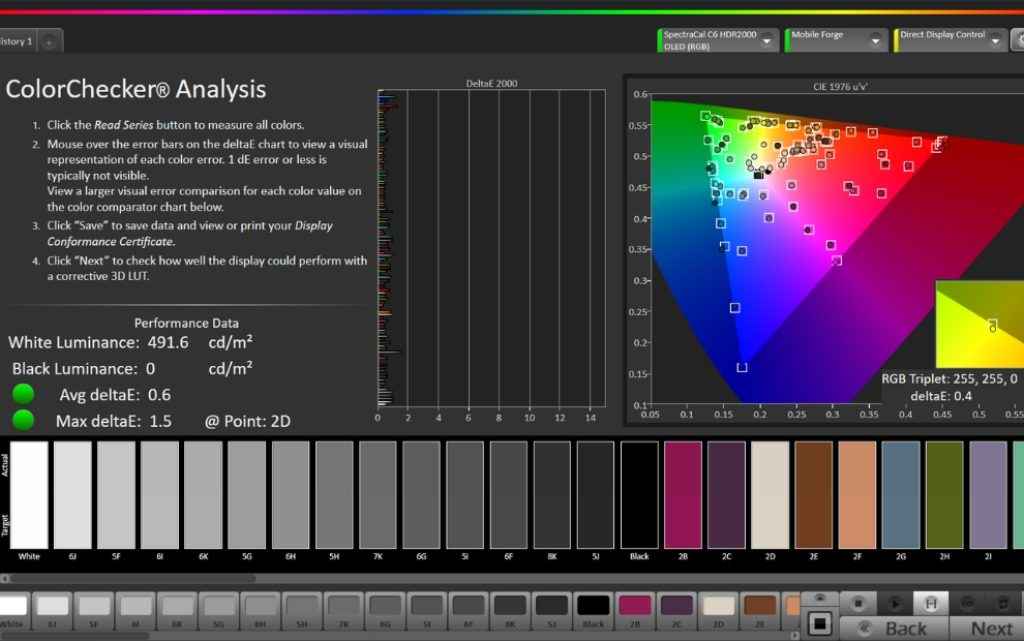
I also ran the Vivo X100 Pro through a colour checker analysis and greyscale test, and the BOE display showed impressive accuracy and greyscale balance. In the colour checker analysis, the smartphone showcased an average DeltaE of 0.6, which means that the smartphone represents colours that are very close to what we see from our naked eyes. In the greyscale test, the smartphone tracked Gamma 2.2, showcasing excellent RGB balance.
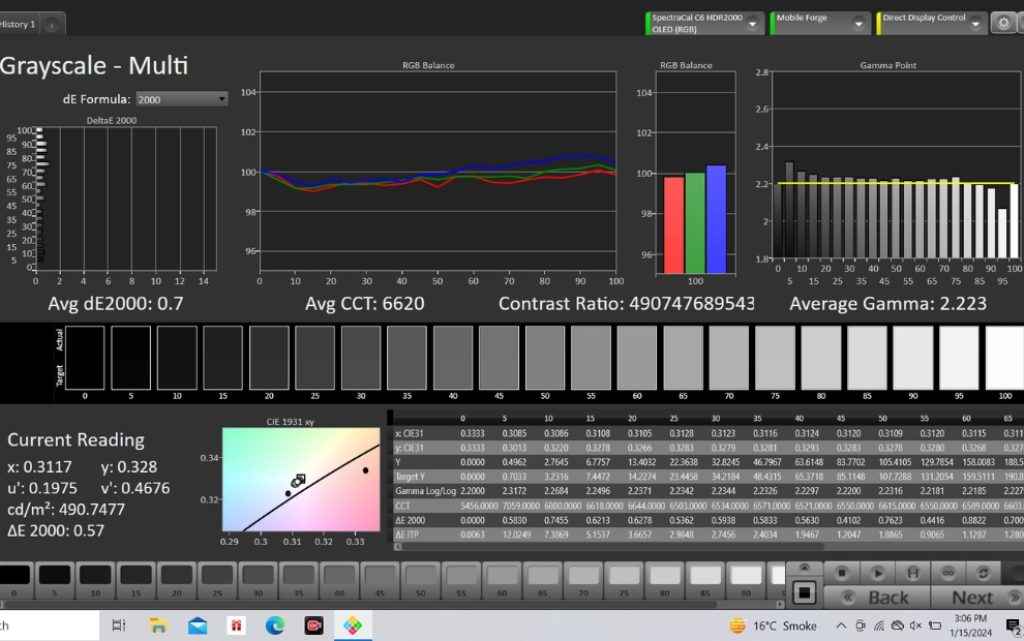
Vivo X100 Pro Review: Performance
In terms of performance, this smartphone is again supreme. This is the first device to come with MediaTek’s latest flagship chip, the MediaTek Dimensity 9300, paired with 16GB of RAM, which is double than that of the laptop I am writing this review on. This, itself should be enough to give you an idea of the performance of the Vivo X100 Pro. However, we’ll talk a little more about it. My experience of using the Vivo X100 Pro has been nothing short of super fast and slick. The smartphone is amazing in terms of switching apps, having multiple apps running in the background, and even gaming.
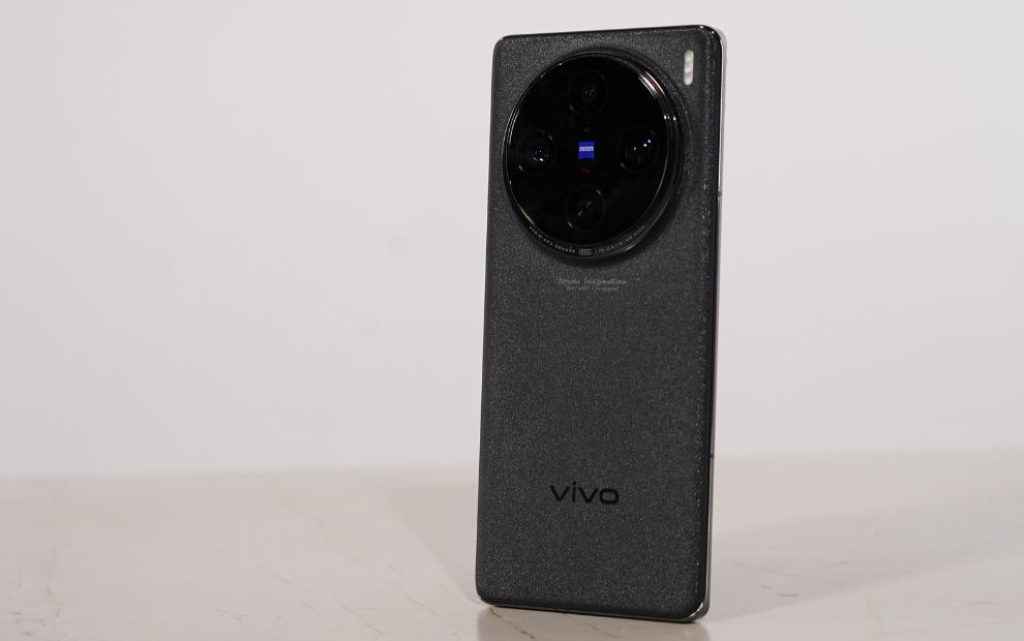
During normal usage, this smartphone obviously has enough power that you will never be left asking for more. Swiping through multiple apps or running multiple apps at once is buttery smooth on this smartphone. Furthermore, I also ran some high-power apps like Adobe Lightroom for editing photos or VLLO Studio for editing videos and as expected, the Vivo X100 Pro ran all of these like it’s nothing.
For the sake of it, let’s mention synthetic benchmarks. In our tests, the Vivo X100 Pro put up a higher score on AnTuTu as compared to the iQOO 12, which comes with a Qualcomm Snapdragon 8 Gen 3 chip. In other CPU-based benchmarks also, the Vivo X100 Pro, powered by the Dimensity 9300 chip was at par with the Snapdragon 8 Gen 3-powered iQOO 12. At times, it even beat the Snapdragon 8 Gen 3-powered smartphone.
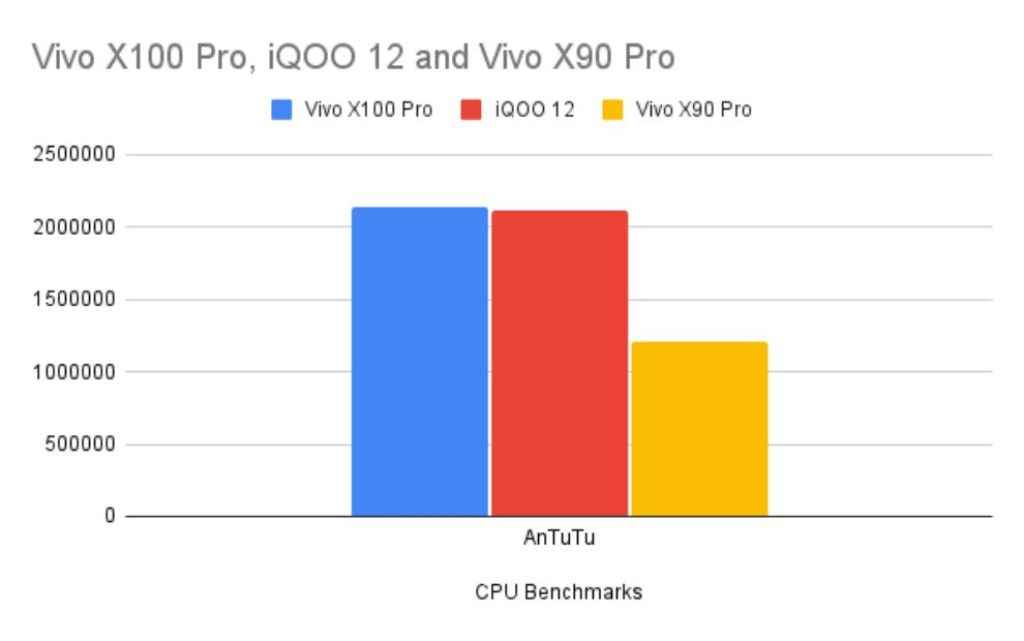
In GPU benchmarks also, the Vivo X100 Pro was right up there with the only Snapdragon 8 Gen 3-powered smartphone that I have tested so far. The smartphone runs games smoothly on the highest-possible settings and for a long duration at the same time. I played games like Call of Duty: Mobile, Battlegrounds Mobile India, or even games like Cricket 24 or Asphalt 9 Legends and the experience was as good as I have personally experienced on a mobile device.
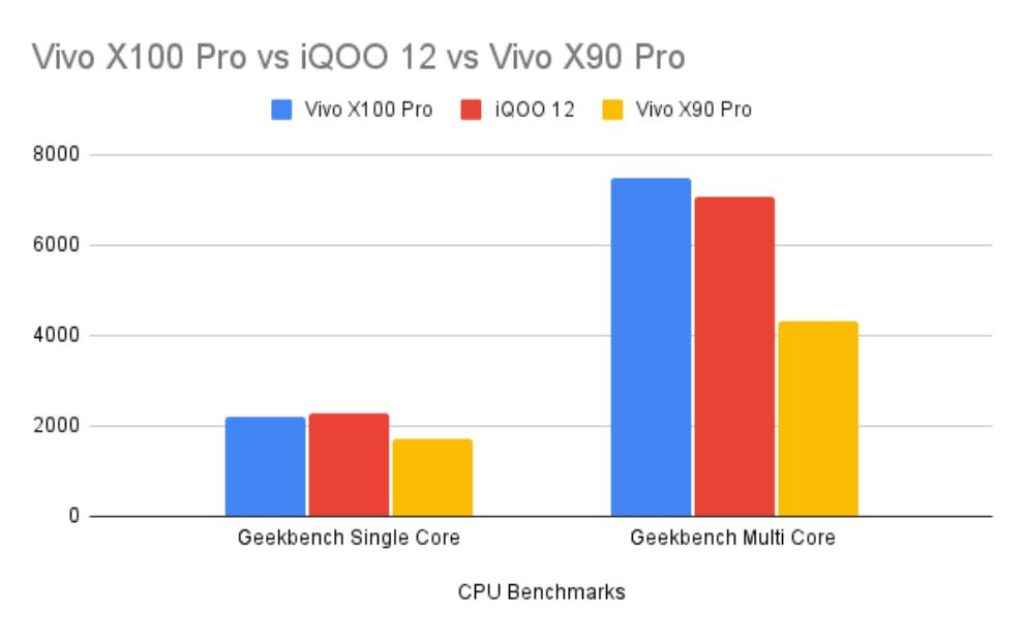
The Vivo X100 Pro doesn’t even throttle on heating. The smartphone throttled to 78 percent of its performance on heating, which is pretty good for any smartphone out there. And while we are at it, the heating is minimal. Even during performance-intensive tasks like gaming or recording videos, the smartphone didn’t heat up much, so the thermals are also in-check all the time.
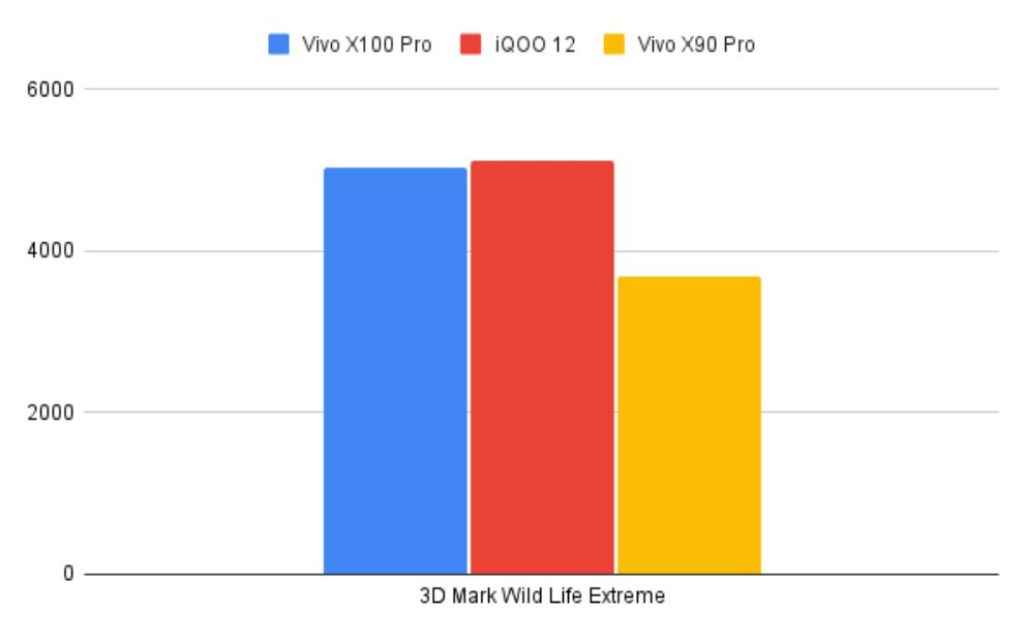
Now, while we are at performance, it is also important to mention software. Also, because this is where Vivo has impressed me the most (apart from the camera of course). With smartphones becoming stagnant each passing day, it is becoming more and more important for brands to act on feedback. This year, the Vivo X100 Pro comes with one of the best implementations of Vivo’s FunTouch OS. The setup process is easy, there is pretty much no bloatware, and I can finally open the camera by double-pressing the volume button! The only thing left to do is offer more Android updates since 3 years of OS and 4 years of security updates sounds less for a Rs 90,000 smartphone.
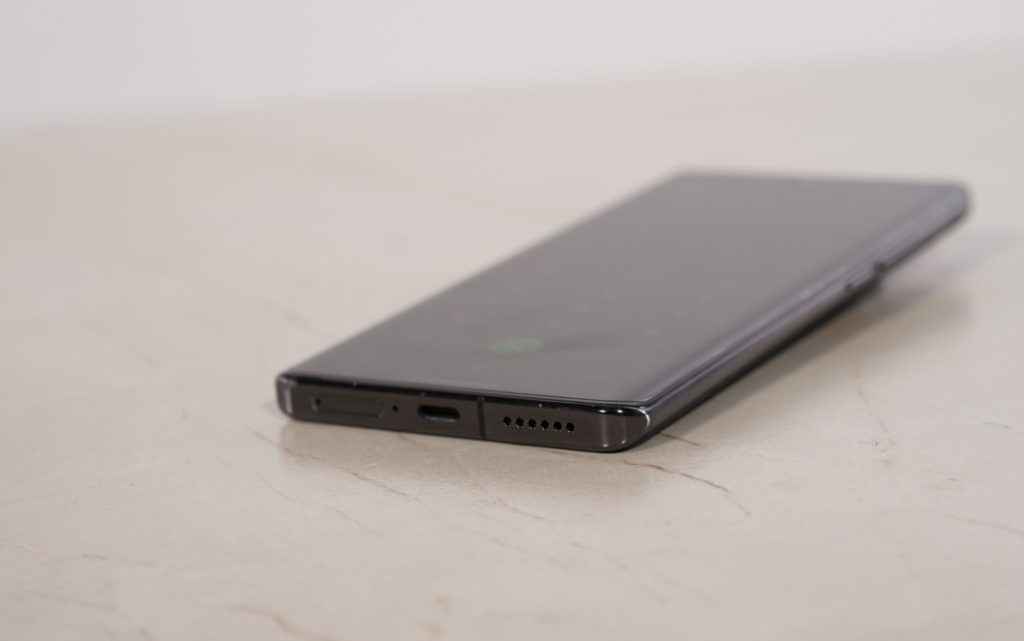
Battery of the Vivo X100 Pro has been pretty good recently. The smartphone easily pushes 6-7 hours of on-screen time for a user like myself who at times games or edits stuff on the fly. This, mainly because Vivo has gone a bit away from the industry standard and put a larger 5,400mAh battery on the X100 Pro. Now, of course, given the amount of camera tech that has been jammed into this device, a bigger battery was the need of the hour, in case people unleash their inner creator, but for a normal user, it works even better since we have AMOLED LTPO tech to save battery, super fast 100W charging to juice it up quicker, and a bigger unit to manage all of that. Win.
Vivo X100 Pro Review: Camera
Coming to the hero of the story. The main attraction. The Vivo-Zeiss collab has gotten ahead this time around. This year, we get a similar primary 1-inch type Sony IMX989 shooter, a 50-megapixel wide-angle shooter, and another 50-megapixel periscope telephoto lens. This camera module doesn’t just take good photos, it takes smartphone photography to a new level. We are well aware of Vivo’s collaboration with Zeiss in developing the smartphone cameras and this year, the brands have come quite far with just how much the camera offers.
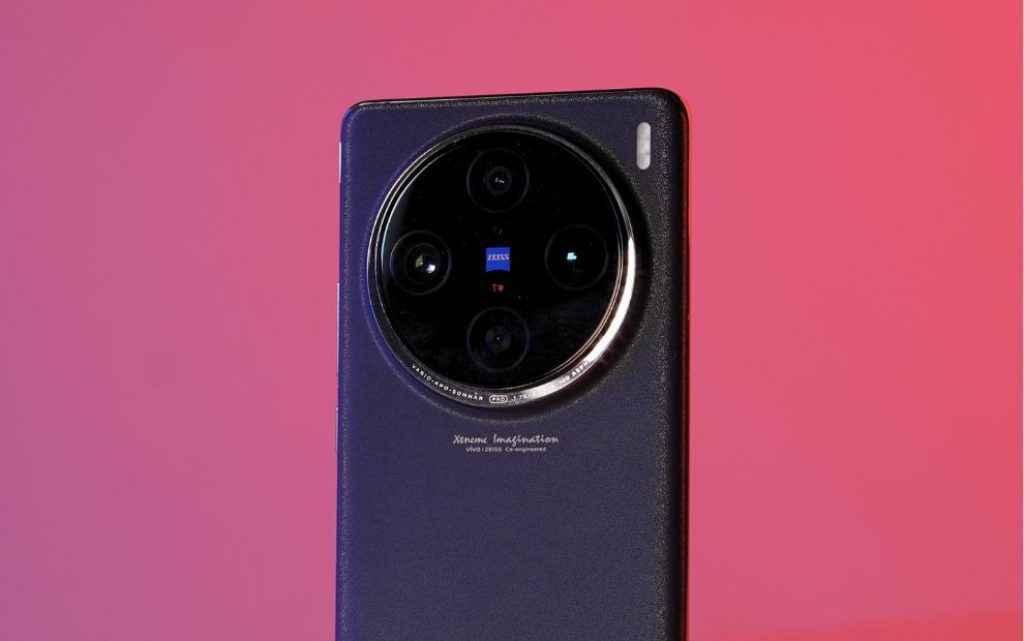
To start with, we get this multifocal feature similar to the iPhone 15 Pro Max, but with 12 preset focal lengths as compared to the seven presets on the iPhone. This is something you will use a lot to change perspectives while taking pictures. From 16mm ultra-wide, to 600mm, which is close to 24x zoom, the quality of photos in each focal length is outstanding. Even with the 24.3x digital zoom, the Vivo X100 Pro is able to click very sharp images, which by no means look like they have been clicked at this zoom level.








Not just this, the Vivo X100 Pro’ 10X optical zoom is right up there with Samsung’s 10X optical with the Galaxy S23 Ultra. I had quite a lot of fun using the telephoto periscope lens.
Now, we don’t just get the multi focal feature in the default camera app, you also get 5 presets in portrait mode – from 24mm to 100mm. The range is great, and the quality of portraits in each of these focal lengths is outstanding. Vivo X100 Pro’s portraits are also where we see Vivo and Zeiss’ combined genius in action. The Zeiss portrait modes and effects add quite a lot of variety, enough to make a wannabe smartphone photographer like me also feel like I’m doing great.





Now, apart from the great portraits and zoom capabilities, the Vivo X100 Pro also does a lot in the background to retain detail and manage light in images. Since the smartphone is using a 1-inch type sensor which takes in more light, managing lens flare is highly important. For this, the Vivo X100 Pro has the T* (T-star) coating which manages lens flare.

Apart from this, we get some more tech, like the floating elements in the periscope telephoto lens, which is APO certified, making it easier for us to take those sun shots, managing contrast and retaining details on the edges on higher zoom levels.
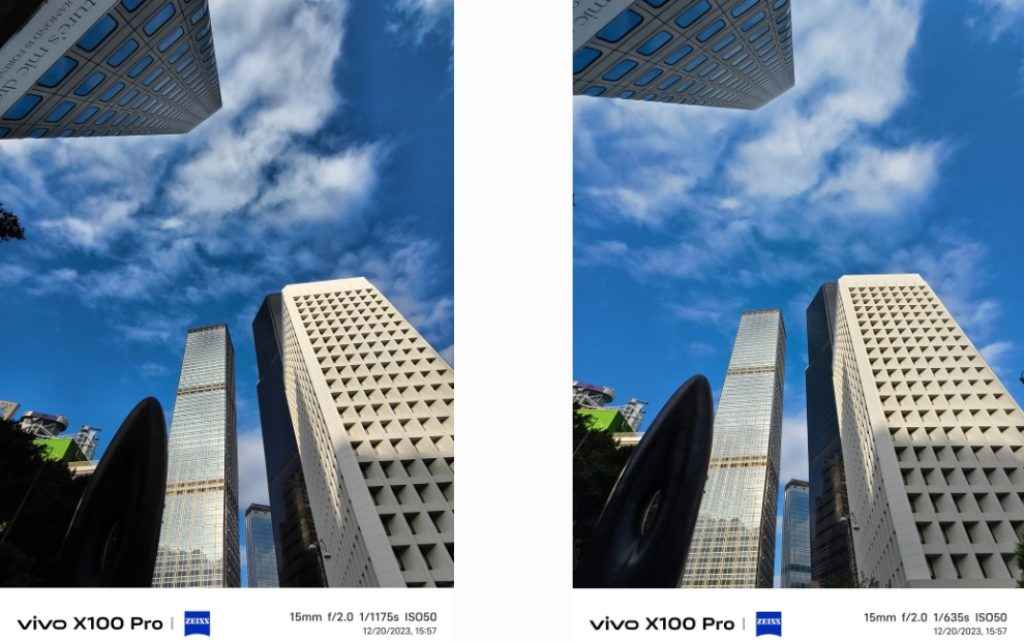
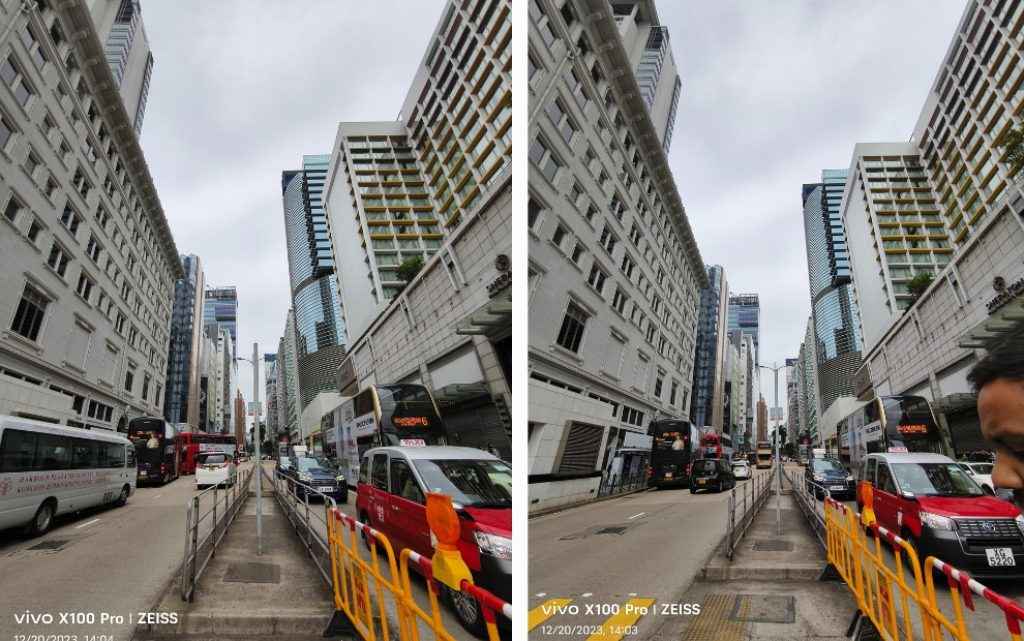
So the camera is great, to say the least. This is easily one of the best camera that I used in 2023 (yes, I used it before New Year’s), and it offers so much to play around with that it is tough for me to even put it in words. For example, the cinematic portrait and the video capabilities of the Vivo X100 Pro is also amazing and we get more than decent enough footage to use for mobile consumption.
Vivo X100 Pro Review: Verdict
So the Vivo X100 Pro is nothing short of a photography enthusiast’s phone. We get so much to play around with the camera, that even a detailed review doesn’t feel long enough to mention and tell you about each and everything that this camera does. One of the best cameras that I have tested in the recent past, easy. With that, we get quite a lot of might with the powerful MediaTek Dimensity 9300, and a brilliant display.
The only thing that had to be sacrificed for stuffing all that tech within the 8.9mm thick frame is the ergonomics. I honestly didn’t like the design much as compared to last year’s Vivo X90 Pro, but the much larger camera module makes it obvious as to why there could have been limitations around the design and keeping it within the design language the brand uses for its flagship series.
Vivo X100 Pro Key Specs, Price and Launch Date
| Release Date: | 02 Dec, 2023 |
| Market Status: | Launched |
Key Specifications
Storage
256 GB
Battery capacity (mAh)
5400
Rear Camera Megapixel
50 + 50 + 50
Screen size (in inches)
6.78





